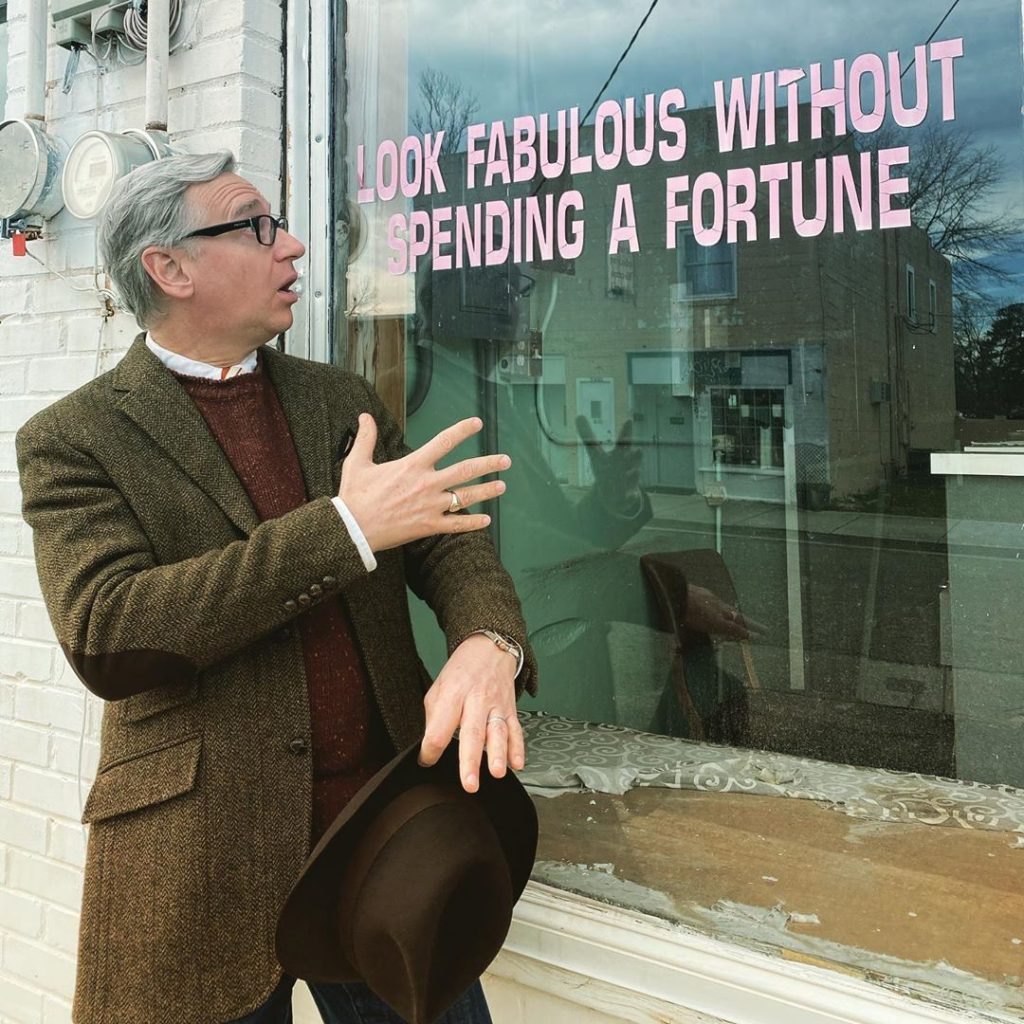
Last year, when shopping for a new digital camera, I found myself asking the same question everyone asks when they find themselves in unfamiliar consumer territory: which brands offer the most value?
Value is a prickly subject in menswear. Ask the question on StyleForum, and you’re almost certain to get buried under a mountain of answers that tell you value is subjective, which is true. Unlike electronics, clothing is more about design than build-quality specs, which makes it challenging to compare things across the board. Style is also deeply tied to personal taste, body type, and identity. One of the best “values” in my closet is a grey marled sweatshirt I bought from Buzz Rickson. It cost me $150 — something I’m too embarrassed to admit to friends — but I’ve gotten so much use and enjoyment out of it, it’s proved to be one of my best purchases. Still, I would never recommend it to anyone who’s looking for “value.”
At the same time, value is a useful concept when you’re just starting in any area. Today, there are a bazillion options for any given product category. We’re vaguely aware that some things are crap and not worth buying, but we also don’t want to pay for details that only obsessives fawn over. Plus, there’s such a thing as diminishing returns. The jump from Ecco to Meermin is only $100, but you get a lot more shoe for your money. On the other hand, the leap from Meermin to Edward Green is over $1,000, and the differences are mostly about aesthetics.
Value-focused brands serve a useful purpose if you use them wisely. Shop in this tier so you can see how much you like wearing things such as penny loafers or oxfords lace-ups, grey trousers or blue jeans, sport coats or field jackets. There’s nothing wrong with staying with these brands, but be careful of buying too much, too soon, and too quickly. Use these brands as a way to develop a personal sense of taste. Once you’ve worn an item for a while, figure out what you like or don’t like about it, then use that to inform your next purchase. Real value is about finding clothes you love to wear, but here are some brands that we think strike a particularly good balance between build quality and price.
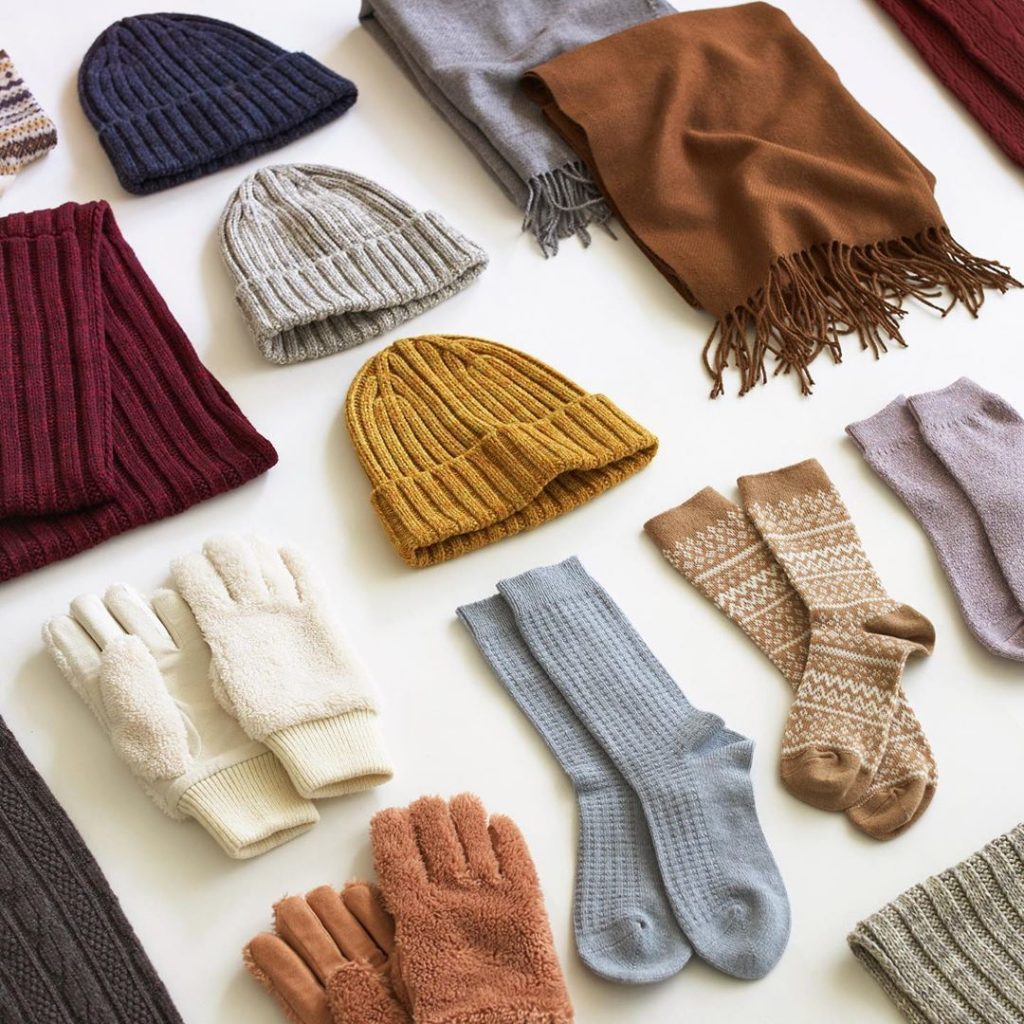
Uniqlo (and Others)
Uniqlo is sometimes unfairly characterized as fast fashion, but fast fashion isn’t just about how much clothes cost or where they’re produced. It’s about how quickly a brand can rip off the hottest runway look and turn it into a high-street offering. For most brands, it takes six months to develop a product and get it into stores (what’s known as the spring/ summer and fall/ winter seasonal schedule). But for companies such as H&M, it can take as little as a week, which allows them to capitalize on an upcoming trend — and kill it just as quickly. The real danger of fast fashion is about how this small segment of the industry is speeding up the fashion cycle. (For perspective, Zara launches around 12,000 new designs per year).
Uniqlo isn’t really a fast-fashion brand. They’re more rightfully compared to companies such as Old Navy and The Gap, which have always traded in the same kind of plain-looking clothes. The main difference is that Uniqlo has cooler collaborations (which allows you to borrow some of that runway aesthetic without having the company totally rip off designers or churn out products overnight). And their mainline is stylish without being overly trendy. Uniqlo is particularly great for basics, such as t-shirts, undershirts, socks, casual button-ups, and the occasional bit of outerwear and knitwear (just avoid the cashmere). Uniqlo is so commonly recommended as a budget-friendly option over at Reddit’s Male Fashion Advice, it’s become a meme.
There are other great everyday brands as well: Levi’s, LL Bean, Lands’ End, Camber, Clarks, Timberland, Converse, Vans, Hanes, Wrangler, Lee, Blundstone, and Carhartt. Some of these companies aren’t what they used to be and you’ll need to know how to separate the wheat from the chaff (only one Wrangler shirt now is worth purchasing, and only in a specific color). But they’re worth a look.
What You Give Up: With so many clothes on the second-hand market, common brands such as these typically don’t fetch very much money when you try to resell them. For people who are unlikely to wear clothes until they’re threadbare, that means your home can wind up as a holding tank until things are eventually donated, at which point they’ll make their way through the system until they wind up in landfills or rag markets. That can mean environmental waste. Cheap clothes are cheaper, but you’re also less likely to recoup some of your costs. Higher-end garments, on the other hand, can be resold and cycled through the secondary clothing market for many years.
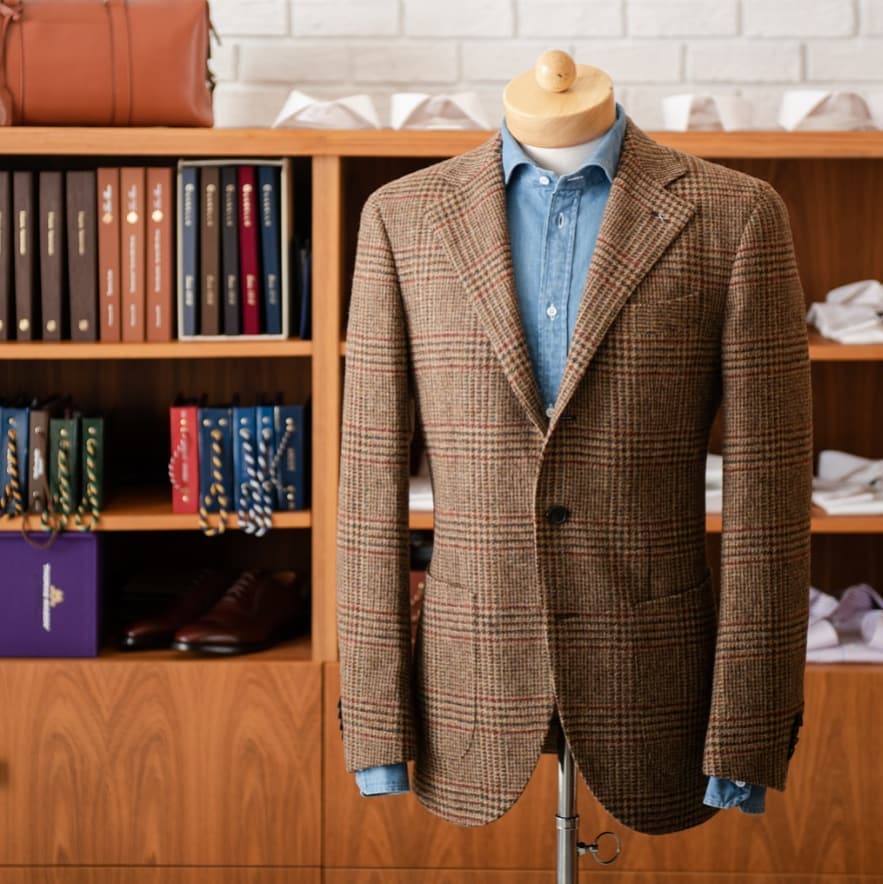
Suitsupply and Spier & MacKay
When I first started writing about tailoring almost ten years ago, there were no good options for affordable suits and sport coats. The best you could do was purchase something from Lands’ End and be thankful that, technically, you didn’t look like a mess. Today, there are genuinely stylish options. In the last few years, Suitsupply and Spier & MacKay have emerged as the go-to brands for guys who appreciate a good suit but also don’t want to spend a fortune.
Both companies offer half-canvassed suits and sport coats cut from good materials. Their prices are also surprisingly affordable. Over at Spier & MacKay, you can find suits starting at $350, sport coats for $250, trousers for $150, and dress shirts for $50. These companies specialize in a kind of soft-shouldered, slim-fit tailoring that’s inspired by Neapolitan style, but they fit comfortably within what we’d call classic. I was impressed with the Spier & MacKay sport coats my colleague Pete reviewed. I also bought one of their oxford cloth button-downs last year and really like it. To keep costs low, they use plastic instead of mother-of-pearl buttons. However, they get the critical parts right: quality construction, a good cut, a handsome collar, and a beefy fabric.
What You Give Up: To meet their price points, both companies rely on Chinese factories. To be sure, Chinese factories can be quite good nowadays, but this provenance may not satisfy people who love the romantic idea of Italian tailoring. Additionally, affordable tailored clothing is often aimed at a younger demographic, which means a trendier cut. The jackets are usually a little shorter and slimmer, the trousers lower in the rise. Spier & MacKay is a little more “classic” fitting, while Suitsupply has a broader range of silhouettes to accommodate different body types. The danger nowadays is fitting into something a bit too small for your body, so be honest about how something looks on you.
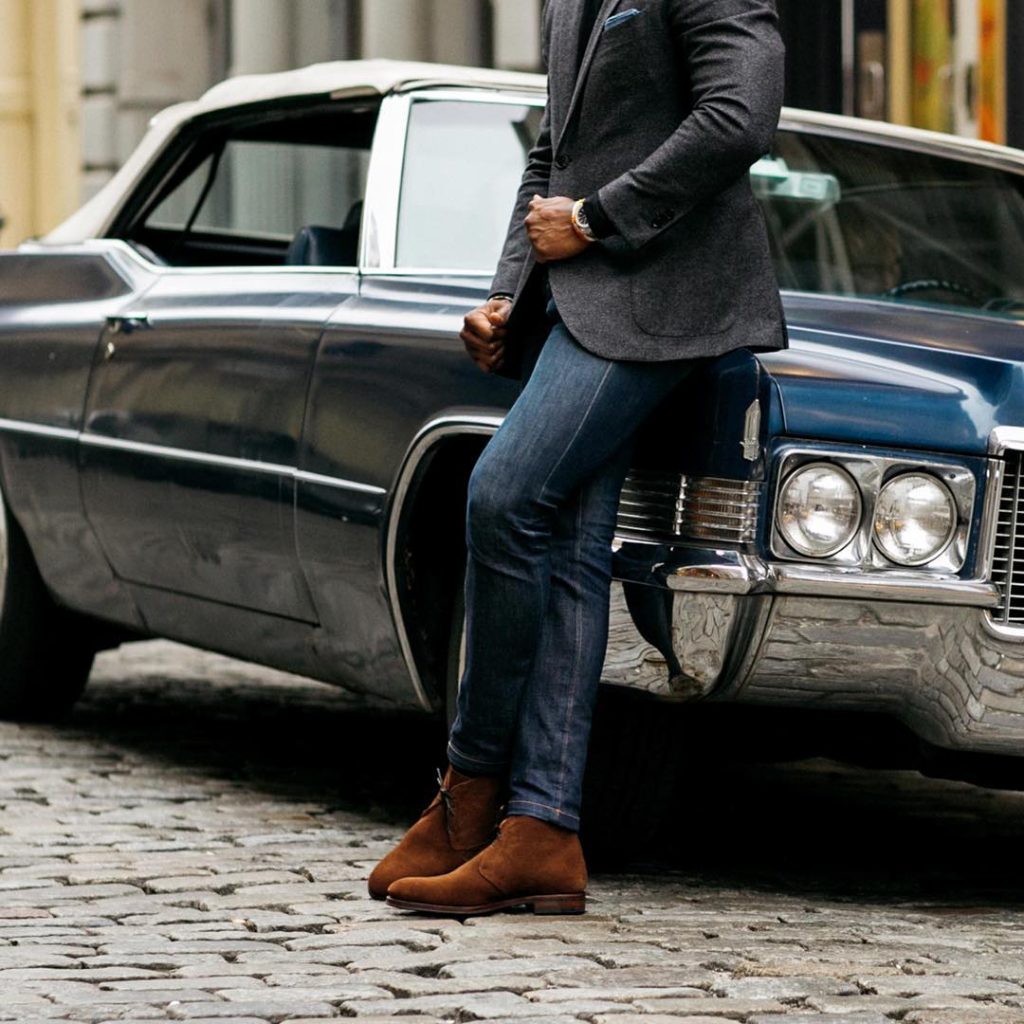
Meermin (and Others)
When it comes to affordable options, no market has done better in the last ten years than footwear. It used to be that, if you wanted something on a budget, your options included Allen Edmonds’ factory seconds and one of the few obscure European brands. Nowadays, the market has absolutely exploded.
It’s hard to pick a favorite, so I’ll list a few across a range of price points. Meermin in the most affordable at about $175. With a store now in NYC, it’s easier to try on shoes and send things back if things don’t work out. Löf & Tung is a boutique line co-owned by one of the owners of Skoaktiebolaget. With extensive experience fitting overseas customers, they can provide you with exceptional service if you know your shoe size in other brands. Carmina is a dependable mid-tier company with one of the most extensive catalogs. You can find almost anything in their range, and if you can’t, they also have a flexible MTO program.
Vass and Enzo Bonafe offer hand welted shoes. Along with that added bit of craftsmanship, a hand welted pair of shoes will allow you to resole your shoes more dependably and easily over time than Goodyear welted constructions. There are also some niche labels here and there, such as Bow Tie, Cobbler Union, Grant Stone, Beckett Simonon, and Sons of Henrey. Loake’s premium 1880 line is also worthwhile, but they’re a bit more expensive nowadays in the US (better if you can buy them in the UK).
All of these brands meet the minimum for what it means to produce a well-made pair of shoes: they use quality full-grain leathers, rely on either Goodyear or hand welted constructions, and offer classic designs. Depending on your wardrobe, that means you can wear these for many years to come — and they’ll look better with age, rather than worse. Good shoes are something you’ll want to resole after many years, rather than bin.
What You Give Up: With such a broad range of options, your goal should be to find a pair of shoes that fit comfortably. That will take a bit of trial and error, as well as, hopefully, some professional service that can help guide you along the way. Buy from places that will take returns. The main tradeoff here will be with Meermin, who’s known for making shoes with slightly stiffer soles and longer break-in periods. Quality leather shoes are always going to be stiffer out-the-box than sneakers, which means you’ll want to wear them gently around the neighborhood for short periods before taking them out for a long day. But with Meermin, you may find that the break-in period lasts for two or three weeks.
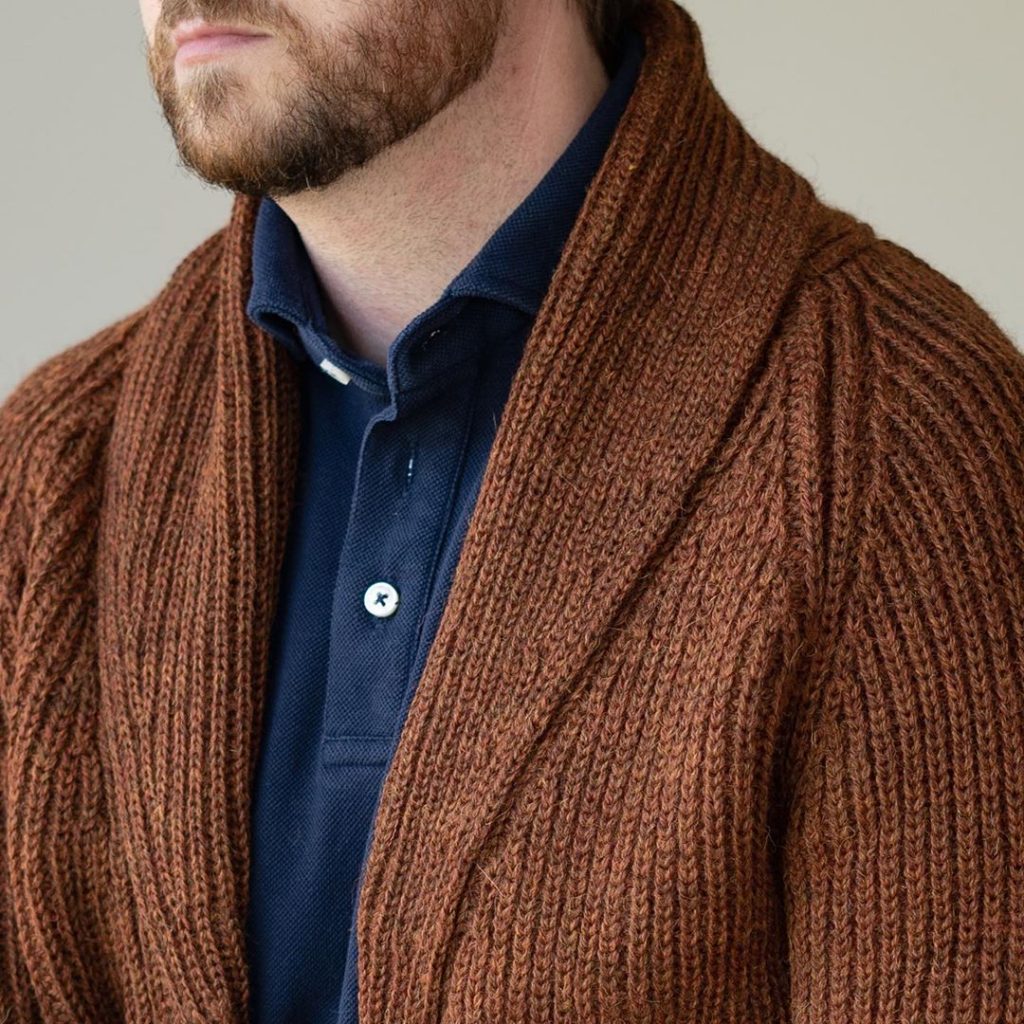
Kent Wang and Epaulet
It’s hard to talk about value-focused brands without mentioning Kent Wang and Epaulet, two long-time darlings of the StyleForum community who are known for serving value-minded customers. Aside from being value-focused StyleForum affiliates, however, they share little. Kent Wang specializes in classic men’s style, often with a strong focus on basics, such as long-sleeved polos, shawl collar cardigans, and classic men’s accessories. The company rarely gets too adventurous, but that’s by design. Kent Wang is about simple items, done well. They also never do sales, as it’s their philosophy to always offer things at a fair price from the get-go.
Epaulet, however, is often a little more daring in terms of what they’re willing to source and design. They’ve done everything from inky sashiko parkas to natural-colored double-riders. Epaulet was also one of the first companies to offer affordable, quality trousers from Hertling (Epaulet founder Mike Kuhle was able to get a particularly good wholesale price because of his close personal relationship with Julian Hertling). One of Epaulet’s most popular garments is their Doyle jacket, which is their take on a chore coat. Our friend Robert in Orange County, who always looks tremendous, says it’s one of his favorite pieces of outerwear.
What You Give Up: Since these are small companies with small marketing budgets and staff, they are limited in terms of what they’re able to do. While they have some marketing presentation — most notably Epaulet with their videos — they’re mostly aimed at giving customers a better impression of how their products look, rather than building a brand image. That can be a good or bad thing, depending on how much you want to buy into the fantasy of wearing a particular label. Additionally, since they have a small staff, it can, at times, take a while for someone to answer an email (although, in general, they’re pretty good at service).
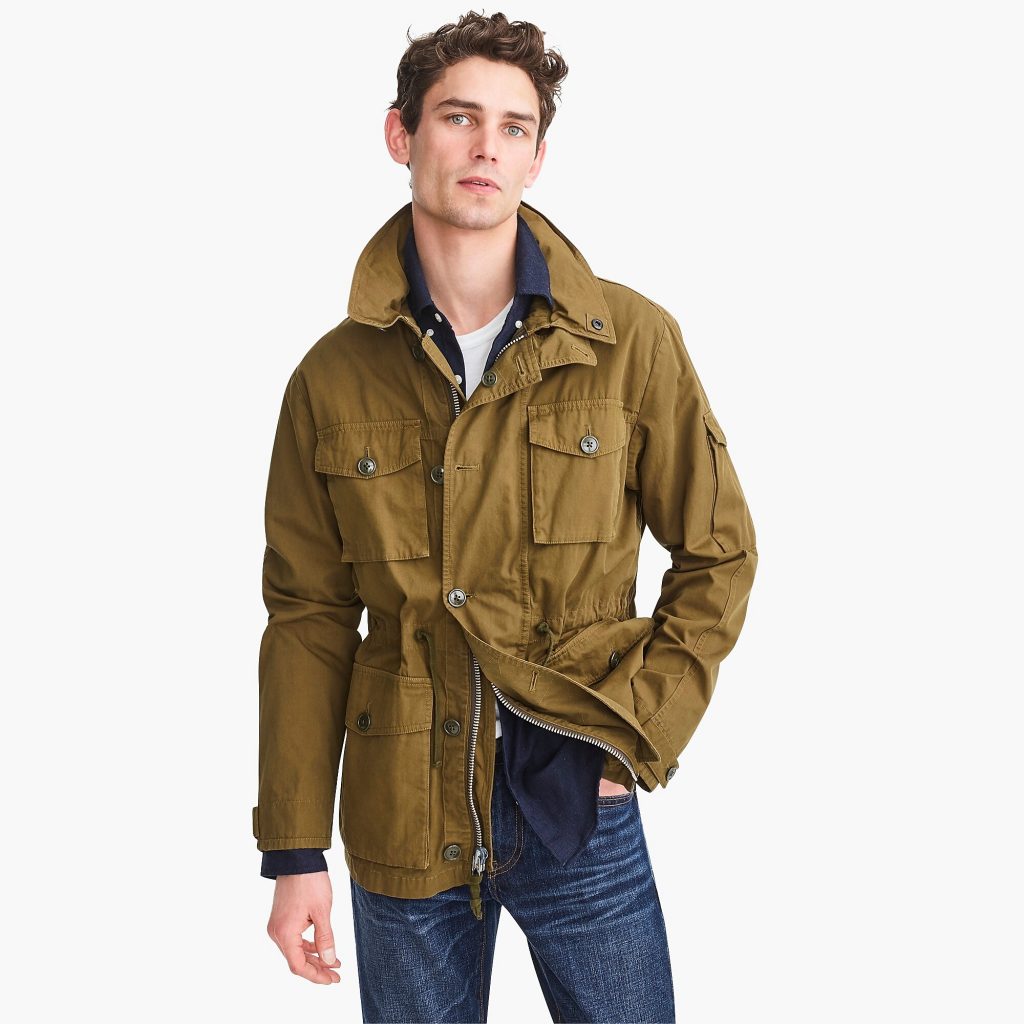
J. Crew (Especially Wallace & Barnes)
J. Crew was once a darling of the Americana and prep crowd during the heyday of the heritage menswear movement. Nowadays, they’re struggling to turn a profit, are saddled with debt, and have undergone some critical executive-level shake-ups. But recently, after having left one of their stores, I’m much more excited about the brand. J. Crew continues to be one of the best places a guy can go to build a wardrobe. For one, the clothes are well-made by any reasonable measure. The company sources quality materials for the price point, their cuts and patterns have been perfected from years of outfitting millions of Americans, and their clothes always look relevant without being overly trendy. Since they have a store in nearly every city nowadays, it’s also easy to go in and try things on.
I’ve written before about how much I love their Wallace & Barnes line, which is inspired by the vintage workwear and heritage pieces the company has collected for their design archive. The line occasionally uses interesting materials — stubby cotton for their flannels, ripstop for outerwear, and duck cloth for work shirts. You’ll also often see vintage details that previously were only available through higher-end lines, such as tubular-knit t-shirts and triple-stitched button-ups. Don’t be fooled by the mass-market label. While J. Crew is a mall brand, they have the size and design expertise necessary to get the details right. Many of the smaller, more boutique lines struggle to incorporate as many details into their clothes because doing so adds complication and thus cost. While not part of the Wallace & Barnes line, this field mechanic jacket features a drawcord waist, foldable zip hood (which neatly tucks into a standing collar), and spacious pockets. It retails for $198 but is often on sale for about $140.
What You Give Up: As always, you want to be careful with knitwear, which is where a brand can cut on quality. Cheaper knits are often made from yarns that have been spun from shorter fibers, and they’re commonly knitted with more slack. This means they’ll pill and lose their shape easily. J. Crew is always going to be reliable for things such as woven cotton garments. But when it comes to knitwear, consider something made from lambswool, rather than cashmere. If a company is paying less money for yarn, they’re less likely to skimp on the areas where it counts.
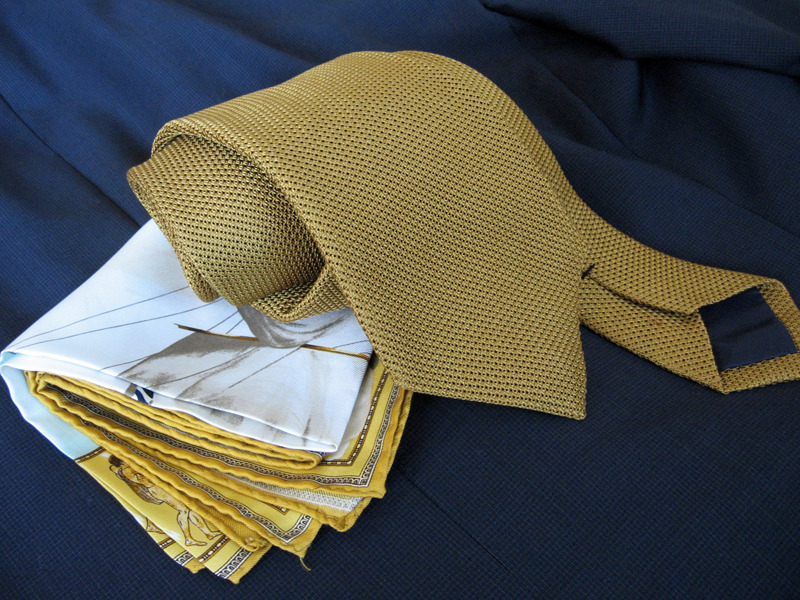
Chipp Neckwear and Sam Hober
Our sponsor Chipp is the online accessories arm of Winston Tailors, an NYC clothier that made its mark during the heyday of Ivy Style. In 1945, a former J. Press salesman named Sidney Winston decided to strike out on his own by starting his custom tailoring shop. He soon became known for his wild suit linings, patchwork tweeds, and colorful corduroy trousers. But he also dressed men with more conservative taste, especially those who preferred the natural shouldered, three-roll-two look of American tailoring. Over the years, the company outfitted everyone from President JFK to Andy Warhol to Joe DiMaggio. After JFK’s assassination, Bobby Kennedy asked Chipp to recut his brother’s inauguration suit to fit him. And during his presidential campaign, Bobby Kennedy often made pitstops at Winston Tailors to get new clothes made, as enthusiastic crowds were ruining his suits.
You can still get a custom suit through Winston Tailors, but today they also run a thriving online business selling classic men’s accessories. Chipp Neckwear offers affordable neckties made from English madders and Italian grenadines, as well as club ties with humorously coded messages and ones adorned with dogs of nearly every imaginable breed. Every tie is made in NYC, and since they have their own tailors, they can offer custom widths and lengths for a small $10 upcharge. You just have to message them for a custom order.
A bit higher-end is Sam Hober, a fully bespoke tie business based out of Thailand. The company is run by David Hober (the company is named after David’s daughter, Samantha). David is one of the most knowledgable people in the tie making business and is obsessive about details that simply aren’t easy to replicate in ready-made neckwear. For one, all of Sam Hober’s ties are entirely handmade, including the slipstitch that goes up the spine and, if requested, the hand-rolled and handsewn edge on the back of an untipped blade. But most importantly, the company doesn’t press their ties flat, which means the edges of their ties are softly rolled. That’s hard to do when you’re making a large number of ties. Since everything is bespoke, every detail is also customizable. You can email David to get the exact interlining weight right, as well as discuss how to achieve a specific size in the tie knot. Sam Hober’s ties aren’t cheap, but they’re bespoke, handmade, and an exceptional value for what they charge.
What You Give Up: Sam Hober’s ties are better made than Chipp’s, although they’re also more expensive. They’re fully handsewn, bespoke-made, and cut with springier interlinings. Chipp excels in that they give you a solid quality tie with a lot of Ivy Style heritage, often at a price that’s 70% less than what you’d pay at a luxury brand. At the same time, one thing you’re giving up is that brand polishing and marketing image (both companies could, admittedly, use better websites). Additionally, while both companies have a wide selection of fabrics, they still only offer a fraction of what you may find at Drake’s. Since Drake’s has an in-house design team and long-established relationships with mills, they can get custom silks and wools. But for those staple grenadines, ancient madders, and English foulards, both Chipp and Sam Hober are solid values.
“Value-Focused Brands” is a running series at Put This On. You can follow this tag for more posts.







